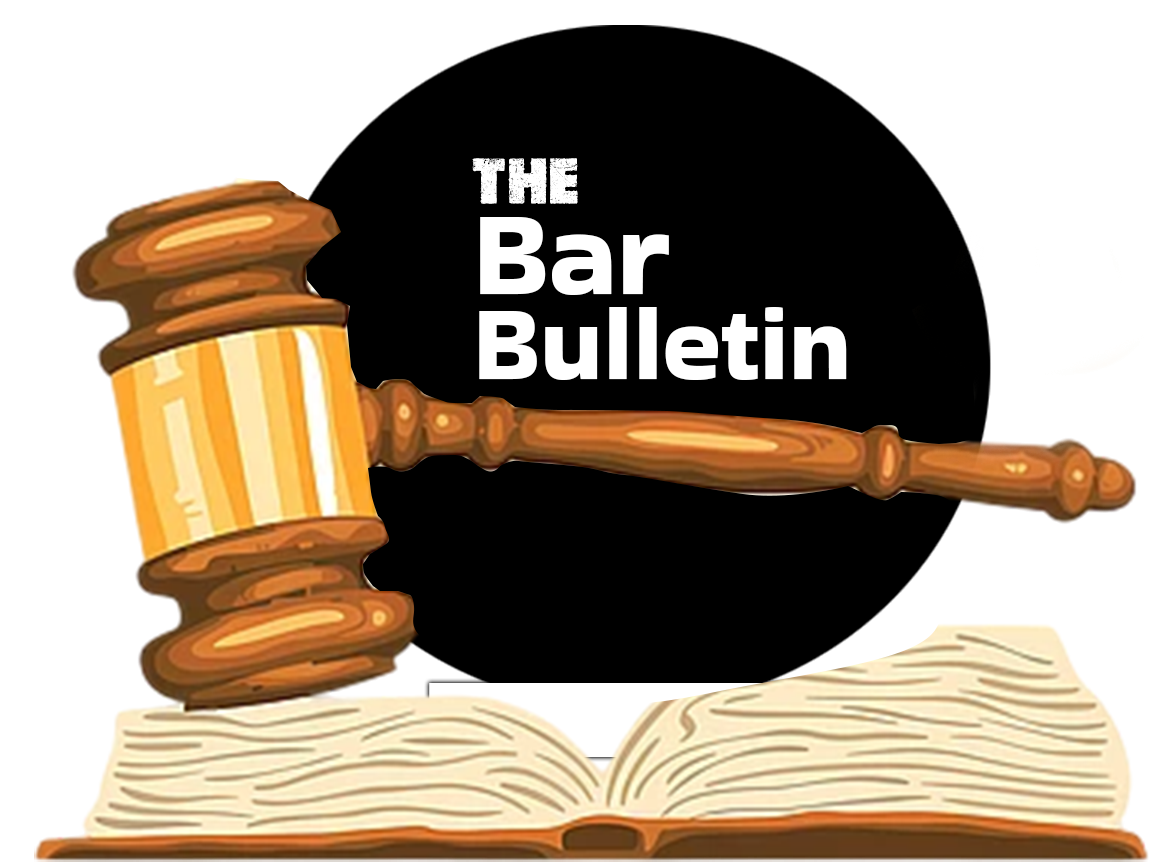In the context of India’s expanding digital economy, the unchecked sale of unauthorized radio communication equipment, particularly walkie-talkies, signal boosters, and portable transmitters, on e-commerce platforms had become a serious concern. These devices, often imported without appropriate licenses or approvals, were being sold freely on websites such as Amazon, Flipkart, and various cross-border platforms like AliExpress. Their improper use not only endangered consumer rights but posed serious threats to national security by interfering with licensed frequencies reserved for aviation, military, and emergency communication services. [1]The pre-existing legal framework, comprising dated legislations such as the Indian Wireless Telegraphy Act, 1933[2], the Telegraph Act, 1885[3], and regulatory norms issued under the WPC (Wireless Planning and Coordination) Wing of the Department of Telecommunications (DoT)[4], lacked the tools necessary to regulate these modern online platforms effectively.
Addressing this gap, the Central Consumer Protection Authority (CCPA) invoked its powers under Section 18 of the Consumer Protection Act, 2019[5] and notified the “Guidelines for the Prevention and Regulation of Illegal Listing and Sale of Radio Equipment Including Walkie Talkies on E-Commerce Platforms, 2025”, dated 27 May 2025.[6] This legislative move was not merely a procedural upgrade, it represented a structural transformation in how digital commerce involving radio equipment is monitored, governed, and enforced. For the first time, the regulatory focus was extended to hold e-commerce platforms, both domestic and foreign, legally accountable for the sale of such equipment to Indian consumers.
The 2025 Guidelines outline a comprehensive legal and technical framework to prevent the listing and sale of unauthorized radio equipment online. Under Section 1, the guidelines establish their broad applicability, stating: “These guidelines shall apply to all e-commerce platforms operating in and outside India but catering to consumers in India, and to manufacturers, importers, sellers offering radio equipment, including walkie-talkies and service providers offering services relating to use of such equipment.”[7] This clause gives the guidelines extraterritorial jurisdiction, allowing Indian authorities to enforce them even against foreign digital sellers targeting Indian customers. Such a move resolves the earlier jurisdictional ambiguity in cross-border e-commerce regulation.
Importantly, the guidelines also prohibit outright the sale of certain high-risk devices. As per Section 4(i)(b), “Online platforms shall not allow listing or sale of mobile signal boosters and wireless jammers on their platform.”[8] These devices, known for disrupting lawful communication channels, are categorically banned to preserve the sanctity of licensed frequency bands and ensure the integrity of India’s national telecommunications grid. This preventive prohibition is a noteworthy advancement from earlier reactive approaches, shifting the regulatory burden to the point of entry, listing and sale.
A significant reform under the guidelines is the requirement for detailed product listing disclosures. According to Section 4(ii)(A)(i), “For equipment capable of operating in unlicensed frequency bands… the product listing shall mention the relevant Equipment Type Approval (ETA) details issued by DoT and provide a copy of the Test Report issued by an accredited laboratory for download by the buyer.”[9] This provision introduces a technical compliance threshold for listing products and promotes transparency. It empowers the buyer to make informed decisions and ensures that every seller provides verifiable proof of the device’s legality. Additionally, for equipment operating in both licensed and unlicensed bands, Section 4(ii)(A)(iii) mandates that sellers comply with both ETA and DoT exemption requirements.[10]
The guidelines also impose a dual responsibility on sellers and platforms to ensure authenticity. Section 4(ii)(A)(iv) explicitly mandates: “E-commerce Platforms shall ensure that the seller of the license-exempt equipment has certified that he/she has ensured that the equipment has not been altered to operate using parameters other than those permitted in the ETA.”[11] This statement effectively embeds platform liability into the compliance process and neutralizes the traditional “safe harbor” defense often invoked by digital intermediaries. The certification requirement ensures traceability and curbs the circulation of tampered devices.
To enable enforcement, platforms must adopt advanced compliance systems. Under Section 4(iii)(a), “Platforms shall implement automated keyword and frequency-based scanning to detect and flag non-compliant listings.”[12] These AI-driven safeguards represent a forward-thinking shift from manual post-violation policing to proactive, real-time compliance. Furthermore, as per Section 4(vi)(b), “Online platforms shall remove any non-compliant listing within 24 hours of receiving directions from the DoCA/DoT.”[13] This introduces a defined response time and strengthens regulatory intervention.
The legal implications of these provisions are both immediate and far-reaching. For one, they reflect adherence to the principle of proportionality under Article 19(6) of the Indian Constitution.[14] While the right to trade under Article 19(1)(g) is fundamental, it is lawfully restricted in this case to safeguard national security and consumer interests. By mandating transparency, certification, and platform responsibility, the guidelines also expand upon the broader interpretation of “consumer rights” recognized under Section 2(47) read conjointly with Section 94 of the Consumer Protection Act, 2019,[15] which includes protection against unfair trade practices and information asymmetry.
Economically, these guidelines are expected to sanitize the digital marketplace. E-commerce platforms, though initially burdened with technical and legal upgrades, will benefit in the long term through enhanced consumer trust and regulatory certainty. Small-scale sellers, especially those previously importing devices through informal or undocumented channels, may face exit pressures unless they adapt to the compliance regime. However, this will lead to consolidation in favor of legitimate operators and formalize a significant portion of the grey wireless equipment market. The government also stands to gain by promoting indigenous manufacturing of compliant devices, aligning with the “Make in India” vision.[16]
Internationally, the 2025 Guidelines place India among the select jurisdictions that have taken a clear and enforceable stance on e-commerce platform liability. For instance, the European Union’s Digital Services Act (DSA), effective from 2024, mandates online platforms to identify and remove illegal goods, carry out due diligence on high-risk categories, and provide compliance reporting.[17] The US INFORM Consumers Act, passed in 2023, similarly obliges online platforms to collect and verify seller data, enhancing traceability.[18] However, India’s framework is even more robust in one key aspect, it requires technical verification of equipment through mandatory testing and certification, not just identity verification of the seller. This approach ensures that consumer protection is not just procedural but also grounded in technological legality.
Implementation of these guidelines, however, is not without challenges. Monitoring millions of product listings across multiple languages and jurisdictions requires substantial investment in AI systems, legal audits, and inter-agency coordination. Section 4(viii)(a) calls for such coordination, stating: “E-commerce platforms shall cooperate with regulators to ensure real-time takedowns and enforcement actions.”[19] Moreover, persistent non-compliance may attract penalties as per Section 4(vii)(a), which provides: “Non-compliance by platforms or sellers shall attract consequences and penalties as per the Consumer Protection Act, 2019 and other applicable laws.”[20] The provision of blacklisting under Section 4(vii)(b) is a strong deterrent that can incentivize proactive behavior among platforms.
The guidelines are likely to directly affect several stakeholders. E-commerce giants will need to revise their product approval workflows, sellers will have to ensure legal import and certification, and consumers will finally receive transparent and legal product offerings. Regulators like the DoT and DoCA will benefit from better coordination and centralized reporting mechanisms. Public awareness is also encouraged through Section 4(iv)(a), which directs platforms to create “a user-friendly reporting mechanism for public to report illegal or suspicious listings.”[21]
Looking forward, these guidelines are expected to reduce the circulation of illegal radio equipment, promote regulatory harmony, and introduce a compliance culture across the Indian tech-commerce landscape. They may also serve as a template for future regulation of devices in emerging sectors like Internet of Things (IoT), drone communications, and AI-enabled consumer electronics.
In conclusion, the 2025 Guidelines are a legally sound, technologically aware, and policy-wise progressive response to the challenges of modern commerce. They elevate India’s regulatory posture to global standards while preserving national interest and consumer safety. The clarity of definitions, strictness of certification requirements, real-time enforcement provisions, and public-centric mechanisms together make this a model legislative framework. Far from being restrictive, the guidelines enable ethical trade, secure telecommunications, and foster informed consumer choice, setting a benchmark for future digital regulation in India and beyond.
* Student, B.A. LL.B. (Hons.), National University of Study and Research in Law (NUSRL), Ranchi
[1] Ministry of Home Affairs, Advisory on Illegal Use of Signal Boosters, 2022
[2] Indian Wireless Telegraphy Act, No. 17 of 1933, INDIA CODE (1933).
[3] Indian Telegraph Act, No. 13 of 1885, INDIA CODE (1885).
[4] Wireless Planning and Coordination Wing, DoT, “ETA Guidelines,” 2021.
[5] Consumer Protection Act, No. 35 of 2019, § 18, INDIA CODE (2019).
[6] Central Consumer Protection Authority, Guidelines on Illegal Sale of Radio Equipment, Notification No. CCPA/2025/RE, May 27, 2025.
[7] Id. § 1.
[8] Id. § 4(i)(b).
[9] Id. § 4(ii)(A)(i).
[10] Id. § 4(ii)(A)(iii).
[11]Id. § 4(ii)(A)(iv).
[12] Id. § 4(iii)(a).
[13] Id. § 4(vi)(b).
[14] INDIA CONST. art. 19(1)(g) & 19(6).
[15] Consumer Protection Act, supra note 6, §§ 2(47), 94.
[16] Ministry of Commerce & Industry, “Make in India: Telecommunications”.
[17] Regulation (EU) 2022/2065, Digital Services Act (DSA), 2022 O.J. (L 277).
[18] INFORM Consumers Act, Pub. L. No. 117-153, 136 Stat. 1277 (2023)
[19] CCPA Guidelines, supra note 7, § 4(viii)(a).
[20] Id. § 4(vii)(a).
[21] Id. § 4(iv)(a).

